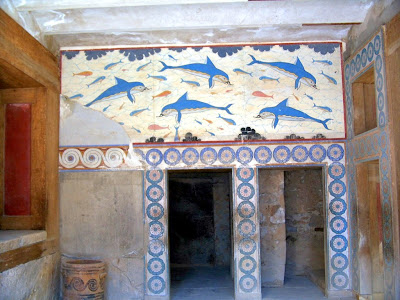This video demonstrates how the Ancient Greeks strived to create a perfect representation of the human body, a truly monumental part of the development of art as we know it. Although we have discussed some of the topics depicted in this video, the idea of how the Greeks stopped this realistic style over a generation sparks interest. As the video explains, the Greeks later realized that the brain needed to experience some sort of distortion.
The artist, Polyclitius, would later be explained in regards to his process and how he created a body with one side in motion, and the other in rest.






